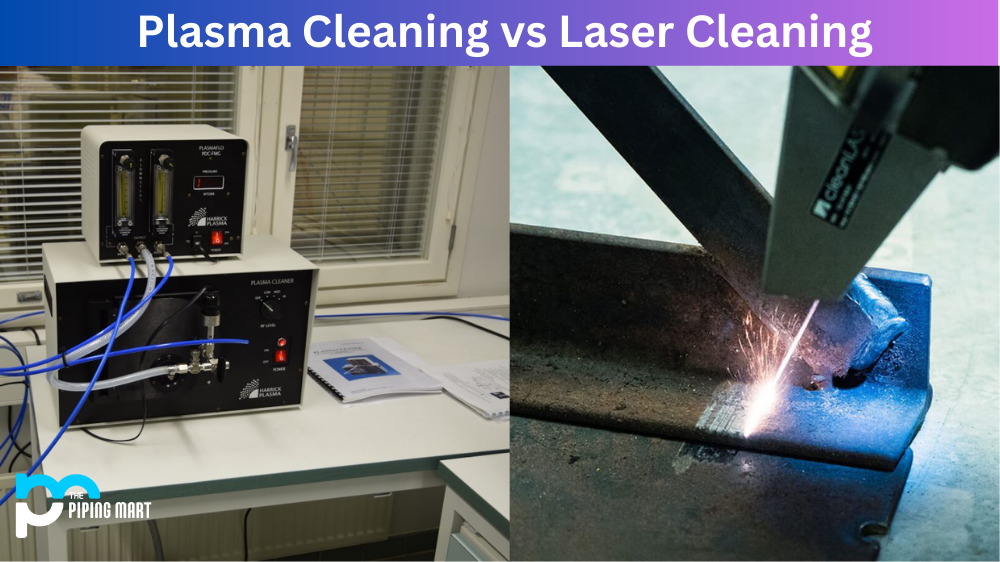As an engineer or manufacturer, you want to make sure that the components you’re using are the best for your application. There are a number of different welding techniques available, but one that has been gaining popularity in recent years is orbital friction welding. This type of welding has a number of advantages and disadvantages that you should be aware of before making a final decision. Let’s take a closer look at what orbital friction welding can do for you.
Advantages of Orbital Friction Welding
One of the major advantages of orbital friction welding is its speed. This type of welding is incredibly fast, which means it can save time and money during production—two things that every engineer or manufacturer loves! In addition to being faster than other types of welding, it also produces higher-quality welds with fewer defects than other methods. This makes it an ideal choice for applications where quality is paramount.
Another advantage of this type of welding is its flexibility; because it doesn’t rely on heat to form the weld, it can be used on a variety of materials such as aluminium, copper, stainless steel, and titanium alloys. It also works well in tight spaces since there isn’t any need for large tools or equipment to perform the welds. Finally, orbital friction welding produces very strong joints without any additional post-weld treatments like machining or grinding—in fact, some joints can even become stronger than their parent material!
Increased Strength
Orbital friction welding results in a stronger joint than other welding methods, such as butt welding or lap welding. This is because the weld is made by friction between the two pieces of metal, which work hardens the metal and creates a stronger bond.
Reduced Distortion
Orbital friction welding also reduces distortion, as the heat is localized to the area where the two pieces of metal are in contact. This means that there is less chance of warping or deforming the metal during the welding process.
Increased Efficiency
Orbital friction welding is a more efficient process than other welding methods, as it requires less energy to weld two pieces of metal together. Additionally, it is a faster process, as it does not require the use of filler material.
Improved Quality
Orbital friction welding also results in a higher quality weld, as there are no voids or porosity in the weld joint. Additionally, the weld will have a more uniform appearance and will be less likely to crack or fail over time.
Greater Versatility
Orbital friction welding can be used on a variety of different materials, including metals, plastics, and composites. This makes it a versatile welding method that can be used for a wide range of applications.
Disadvantages Of Orbital Friction Welding
While there are many benefits to using orbital friction welding, there are some drawbacks as well. One downside to this type of welding is that it requires special tools and equipment that may be expensive upfront; however, these costs can be offset by its increased efficiency over time. Additionally, this type of welding only works with round parts, so if you need to weld rectangular or square pieces together, then another method would need to be used instead. Finally, because the process relies on high-speed rotation, it has a tendency to produce heat which can cause warping or other defects if not properly monitored and controlled.
Limited to cylindrical shapes
Orbital friction welding is a type of welding that is typically used to join two cylindrical objects together. This welding method is not well suited for joining objects with other shapes, such as square or rectangular objects.
Requires expensive equipment
Orbital friction welding requires the use of specialized and expensive equipment. This type of equipment is not readily available and can be cost-prohibitive for some businesses.
Time-consuming
Orbital friction welding is a time-consuming process and can take several minutes to complete. This can be a disadvantage for businesses that require quick turnaround times.
It Can be difficult to control
Orbital friction welding can be difficult to control, and the welds may not be as strong as those made with other methods. This can be a problem for businesses that require high-quality welds.
Not widely used
Orbital friction welding is not widely used, and there are not many businesses that are experienced in this type of welding. This can make it difficult to find a company that can perform this type of welding.
Conclusion:
Despite some drawbacks, orbital friction welding offers several benefits that make it worth considering for your next project. Its speed makes it an attractive option for busy engineers who need their products built quickly without sacrificing quality; its flexibility allows for a variety of materials; and its strong joints mean less time spent machining after a weld is finished. If you’re looking for an efficient way to join two round components together, then consider using orbital friction welding – just remember to keep an eye on temperatures during the process!

Abhishek is a seasoned blogger and industry expert, sharing his insights and knowledge on various topics. With his research, Abhishek offers valuable insights and tips for professionals and enthusiasts. Follow him for expert advice on the latest trends and developments in the metal industry.




